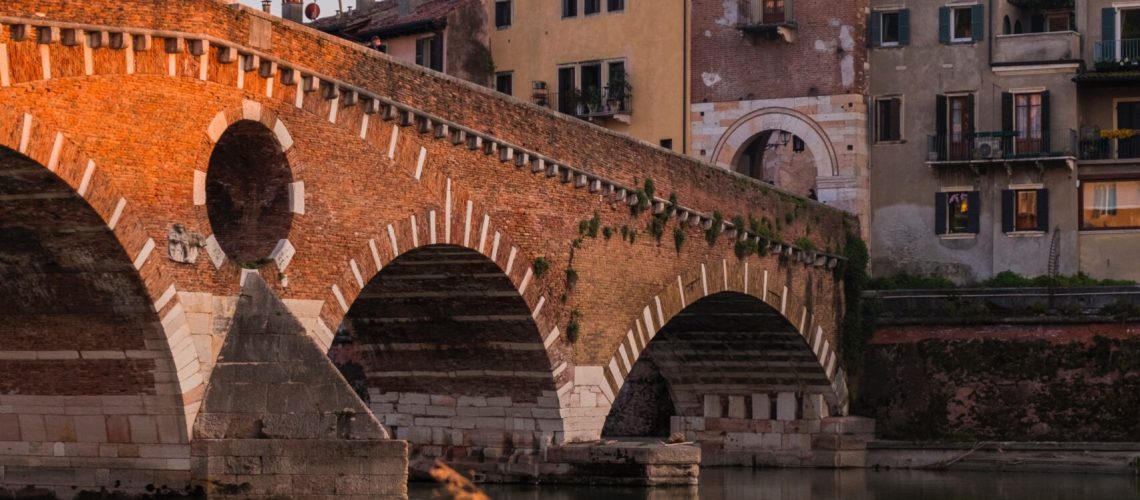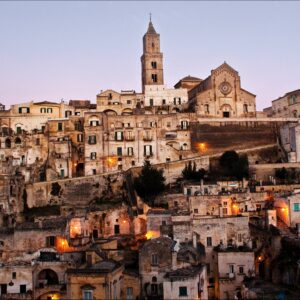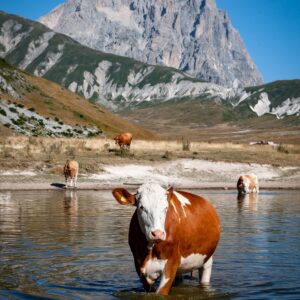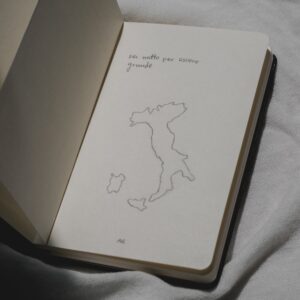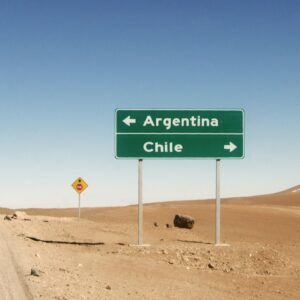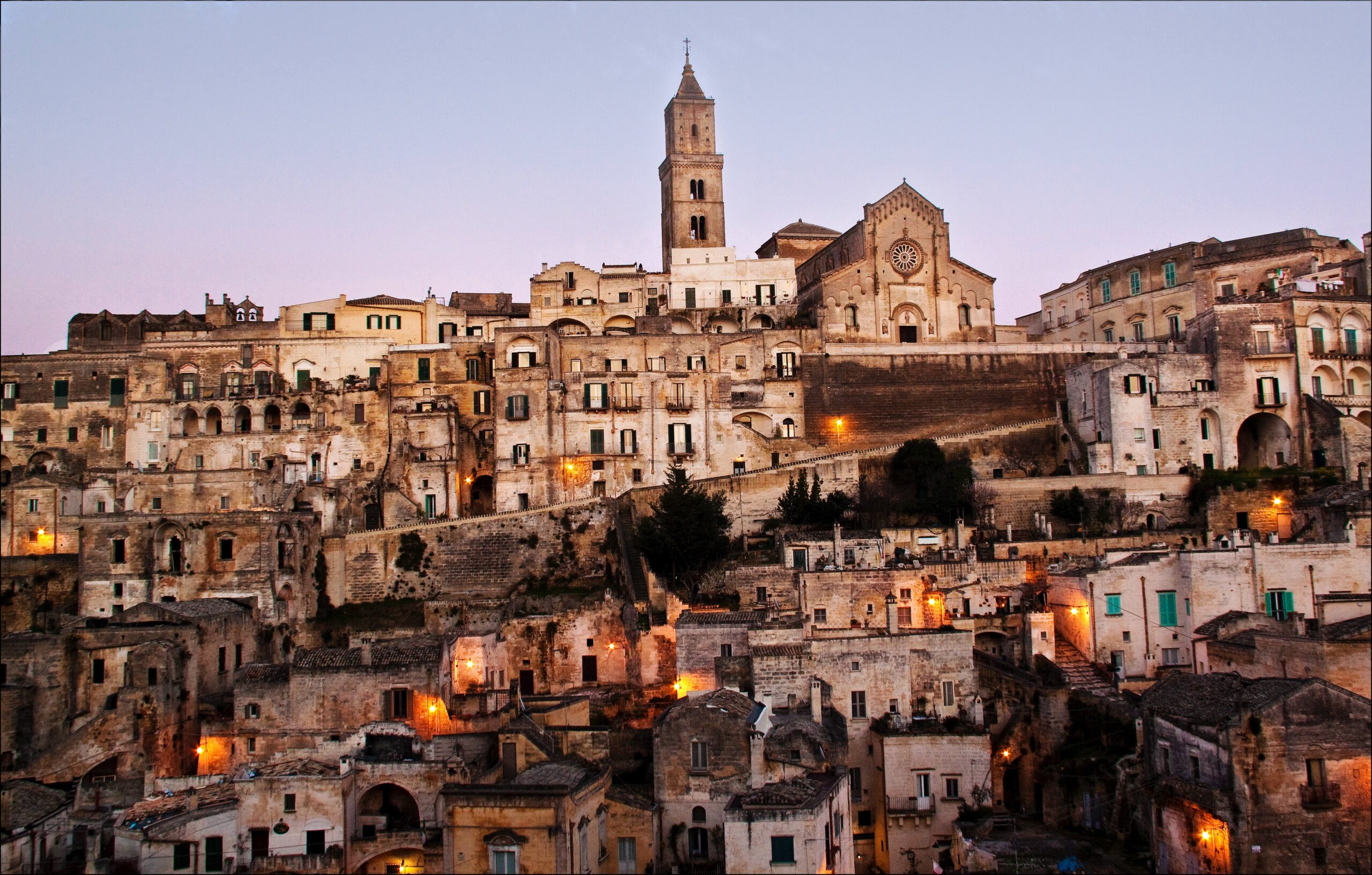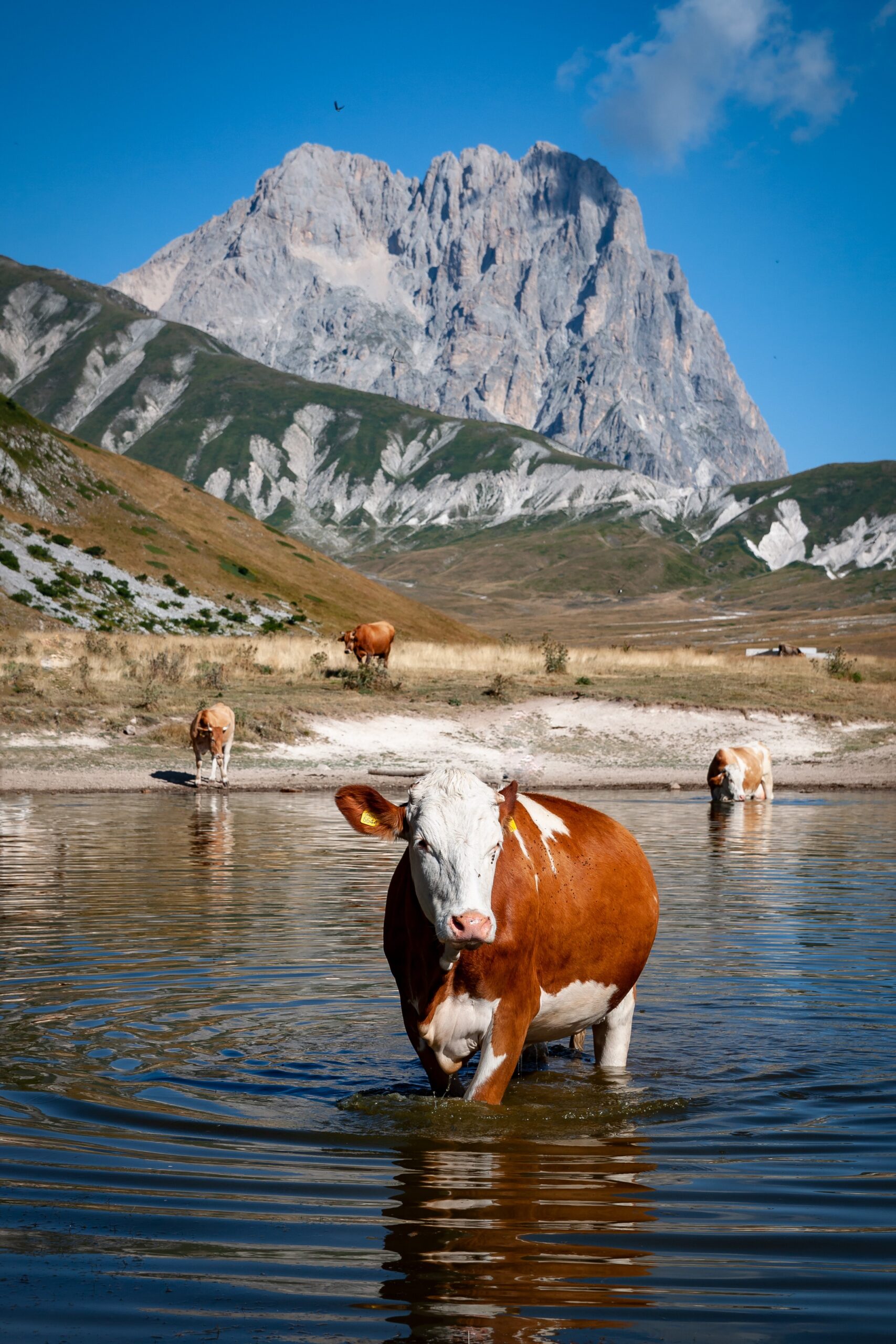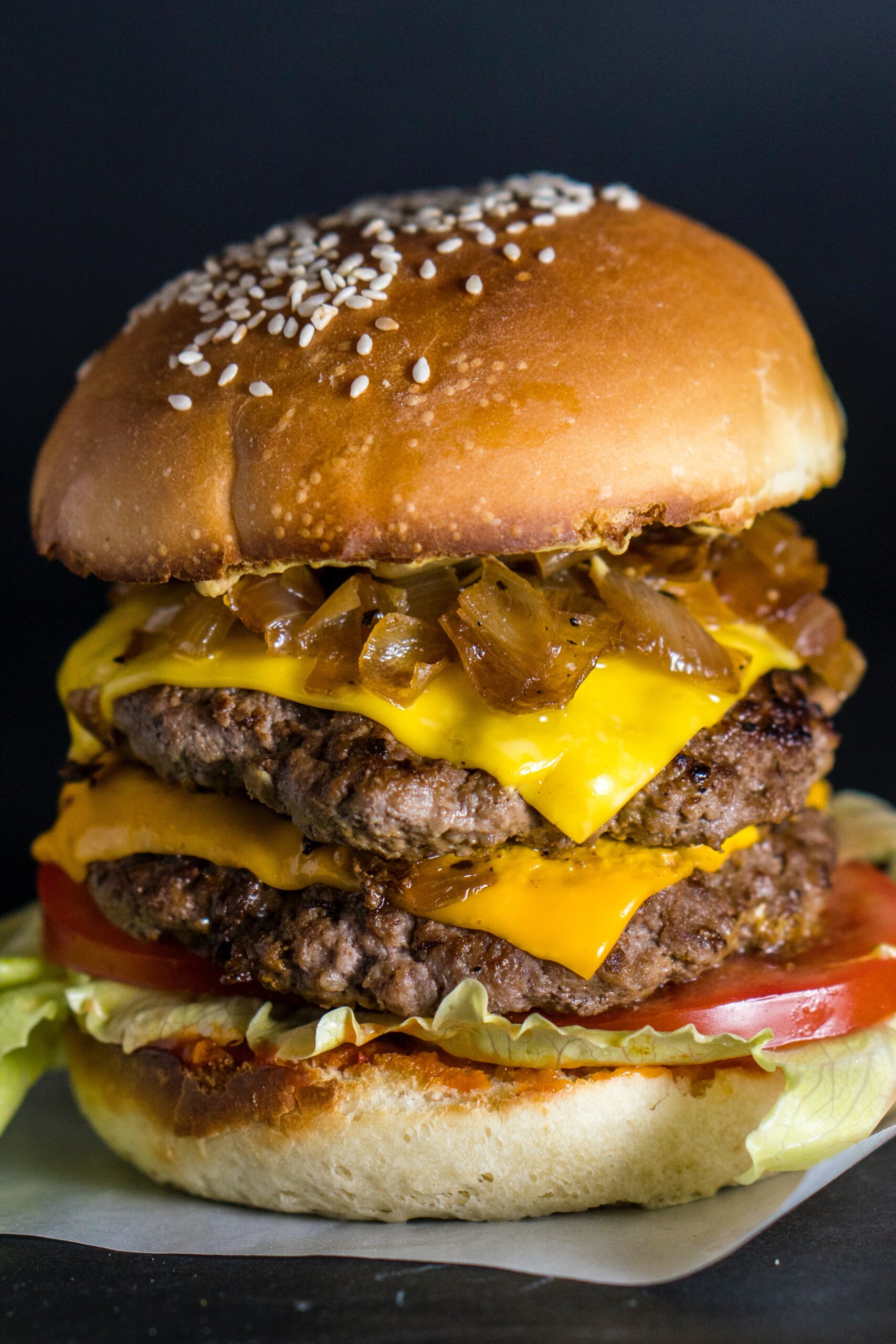The Veneto Region is very large and stretches over northeastern Italy, leaving little room to Friuli Venezia Giulia and Trentino-Alto Adige, together with which it forms the so-called Triveneto.
Similarity of toponyms in the area can be confusing to those who don’t speak Italian and it is worth a brief explanation.
Veneto is the administrative region of Italy that, very roughly speaking, goes, from west to east, from Lake Garda to the Tagliamento river.
Its capital town is Venice. Note that the Italian name of Venice is Venezia, but we all know that this town does not lie in Friuli Venezia Giulia region.
The group of regions formed by Veneto, Trentino-Alto Adige and Friuli Venezia Giulia is called Triveneto or Tre Venezie (“Three Venices”). These three regions are also the area commonly referred to as “northeastern Italy”.
While the south-easterly part of Veneto lies on the Adriatic coast and includes the delta estuary of river Po, the Venice Lagoon and some beaches, its northern part borders Austria and is covered by Dolomites.
In between, a large and fertile flatland, pleasant rolling hills, and historical art cities such as Verona, Vicenza and Padua.
Such a variety of landscapes and climates means that a variety of wine styles and culinary traditions are also found in the region.
Vineyards and Wines of Veneto
Although wine connoisseurs are often more interested in smaller wine-growing areas, Veneto is the home of Prosecco, the fruity, uncomplicated and inexpensive sparkling wine that managed to sell more than Champagne in some markets, in recent years.
Veneto counts almost 100,000 hectares under vine (99.737, according to the latest calculation, made in July 2020), about a quarter of which are planted with Glera, the main variety used to produce Prosecco.
The large flatland is also planted with thousands of hectares of Merlot and Pinot Grigio, intended to produce cheap wines, too, while the hilly belt is planted with a diversity of varieties, including the above mentioned ones, grown to produce much more interesting wines.
Wine Styles in Veneto
Bubbles, bubbles everywhere
Although the heart of the appellation – what nowadays is the DOCG area, and the best production zone – is limited to the area around Conegliano and Valdobbiadene, Prosecco DOC is allowed to be produced in the whole Veneto region (and across its borders).
This GDP-driving bubbly, however, is not the only sparkling wine made in Veneto.
The area of Monti Lessini, by Verona, produces a traditional method sparkling wine called Durello (from Durella variety) that is gaining popularity, thanks to its more finesse and long time on lees.
Vespaiolo (from Vespaiola grapes) is a wine typical of the area of Breganze – north-east of Monti Lessini – and it’s also made into sparkling, while in the municipality of Bagnoli di Sopra (in the province of Padua) a sparkling wine is made from Raboso Piave grapes.
Volcanoes and Diamonds
Most precious wines of Veneto, however, are not sparkling.
Valpolicella sits on the foothills of Monti Lessini and boasts a variety of soils; higher hills have marl and limestone soils, while lower ones are more sandy and rich in clay, but the area of Marano has basalt soils of volcanic origin.
The dark soil of the eastern part of the Soave appellation also depends on basalt, and extinct volcanoes are the Colli Euganei as well.
These are the zones from which the best wines of Veneto come.
Valpolicella is world-known for its Amarone, a full-bodied, usually long aged red wine made from dried grapes of indigenous Corvina, Corvinone and Rondinella.
Thanks to the relatively recent success of this wine on international markets, Valpolicella as a whole attracted increasing interest and developed an average higher quality, so that nowadays very good wines are produced in lighter styles, too, such as Valpolicella and “Ripasso”, both made from the same blend of varieties.
“Ripasso” is a very typical style of wine of the area. It could be seen as a sort of “reinforced” Valpolicella, which, once vinified, has been poured on drained Amarone’s pomace and left there to “absorb” more tannin and structure (as well as getting higher in alcohol, from ongoing fermentation of the skins).
Soave might have even fallen from grace as a wine trend in the last decades, especially in Italy, where it lost market shares in favor of crispier white wines from Alto Adige and Friuli, or of lighter, easier and cheaper whites from Veneto’s flatland; but this historic appellation is still capable of age-worthy, complex white wines that make wine lovers happy.
The volcanic hills of Colli Euganei are rich in minerals and well draining. Their relative proximity to the mitigating Adriatic Sea and the altitude they can provide contribute to a range of mesoclimates, that mean a range of styles: from frizzante and spumante from Glera (here called Serprino, please don’t tell them it’s Prosecco), to interesting and well-developing Bordeaux blends, to renowned DOCG of Fiori d’Arancio, producing perfumed wines from Moscato Giallo in styles ranging from spumante to sweet passito.
Riviera Style
The Adriatic coast of Veneto might not be the most attractive site-by-the-sea in Italy (sandy-loamy shores and proximity with the delta of river Po make it often resembling a marshland rather than a coast), but Veneto has a Mediterranean riviera on its western side: Lake Garda provides a strong mitigating influence, so that lemon and olive trees are grown on its shores.
Wines made around the small towns of Bardolino and Custoza reflect the lighthearted atmosphere of the area, also thanks to the lively minerality attributable to distinctive morenic soils.
Bardolino is the home of a light bodied red wine made from the same varieties used in Valpolicella, that becomes a little more structured and intense when it comes from the classico subzone. The area is also associated with Chiaretto, one of the most appreciated rosé wines of Italy, thanks to its freshness and kind of saltiness.
Custoza production zone more or less corresponds to the southern portion of the one of Bardolino and lies to the south of the lake, where its influence is a little less intense and diurnal range is more marked, allowing the production of light and crispy white wines from Garganega (the main variety of Soave), Trebbiano Toscano (Ugni Blanc), Trebbianello (local name for Sauvignonasse, called Tai in the rest of Veneto) and Cortese.
Most famous white wine from the morenic area of Garda Lake is, however, Lugana, made from Turbiana grapes and capable of longer aging.
International Breath…
The hilly area around Vicenza, the famous zone of sedimentary limestone known as Colli Berici, is planted with a range of grapes, made into both varietal and blended wines. There are native grapes in these vineyards, but most of plantings are so-called international varieties: Merlot, Cabernet Sauvignon and Carmenère.
The sub-zone of Barbarano is famous for its ripe and slightly spiced red from Tai Rosso, which make no exception: despite the very “Veneto-sounding” name, it’s none other than Grenache (known as Cannonau in other Italian zones).
International grapes are once again protagonists of wine production in the easterly appellation of Veneto: Piave DOC, a large and diverse production zone that stretches on the easterly portion of the region, is mostly planted with Merlot and both Cabernets, while Pinot Grigio and Chardonnay are most commonly grown white varieties.
It is important to note, however, that one thing are statistics and another thing is tradition. The area around Piave river also produces a distinctive red from high acidic, high in tannins Raboso Piave grapes, which is also the base of distinctive Piave Malanotte DOCG, partly made from air dried grapes (similarly to Amarone).
Typical Wine and Food Pairings in Veneto
Fish and seafood play the main role in the Venice cuisine, whose intense flavors often make it hard to choose the right wine pairing.
Sarde in saor are fried anchovies marinated in onions and vinegar and, therefore, can’t be paired successfully with wine.
Baccalà mantecato is boiled stockfish made creamy by being pounded with oil, seasoned with parsley and garlic, which makes many wine pairings unpleasant, but may perform well with a structured, savory Soave or with a long lees aged, low dosage Durello.
Moeche are a rare Venetian specialty consisting of fried whole small crabs, which are surprisingly soft because they are caught while molting. The sweetish taste of crabs and the crunchy and oily consistency given by deep-frying them make – again – a lively Soave or a traditional method sparkling
wine a very good choice.
Stewed eel from the province of Rovigo pairs well with savoury Bardolino Chiaretto, while the fish of the Garda lake, usually lower in fat and more lightly cooked can often be paired with Lugana and Custoza wines.
Meat is commonly the protagonist of inland culinary traditions. Horse meat is easily found in the cuisine of Verona, where it is used to prepare a typical sort of stew, to whose intense and complex flavors Amarone pairs well.
Liver pâté is made from chicken and calf liver or from pork liver, cooked with butter and sage in a pan and then chopped and made creamy by mixing butter. Some add minced salted capers to add savoriness. Similarly to what happens with foie gras and Sauternes, Liver pâté is often paired with wines ranging from medium dry to sweet, such as Recioto di Soave, Fior d’Arancio amabile or even Prosecco.
Tripe in Veneto is cooked by first boiling it and then by cooking it in a pan with mirepoix, and no tomatoes (differently from what they do in Rome). Eventually it is served with grated Parmesan cheese and pairs with light red wines like Bardolino or simpler Valpolicella.
The mountain area of Belluno does not produce wine but is the production zone of the precious Lamon beans, the base ingredient for tastiest soups and “pasta e fagioli”, which can pair very well with Valpolicella superiore and Valpolicella Ripasso.
Almost any local cake that doesn’t contain cream goes great with sweet wines like Recioto di Soave and Recioto di Gambellara, while Recioto della Valpolicella, being made from black grapes, can stand chocolate or spiced cakes.
Photo by Julia Solonina on Unsplash
